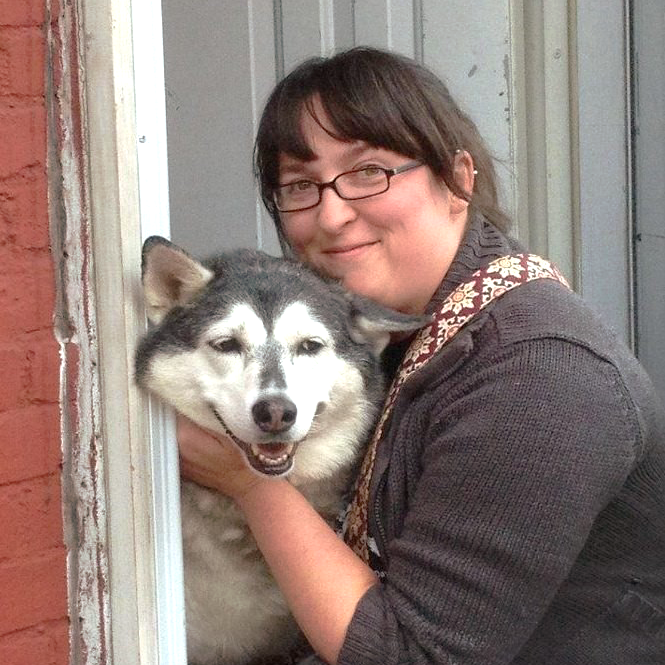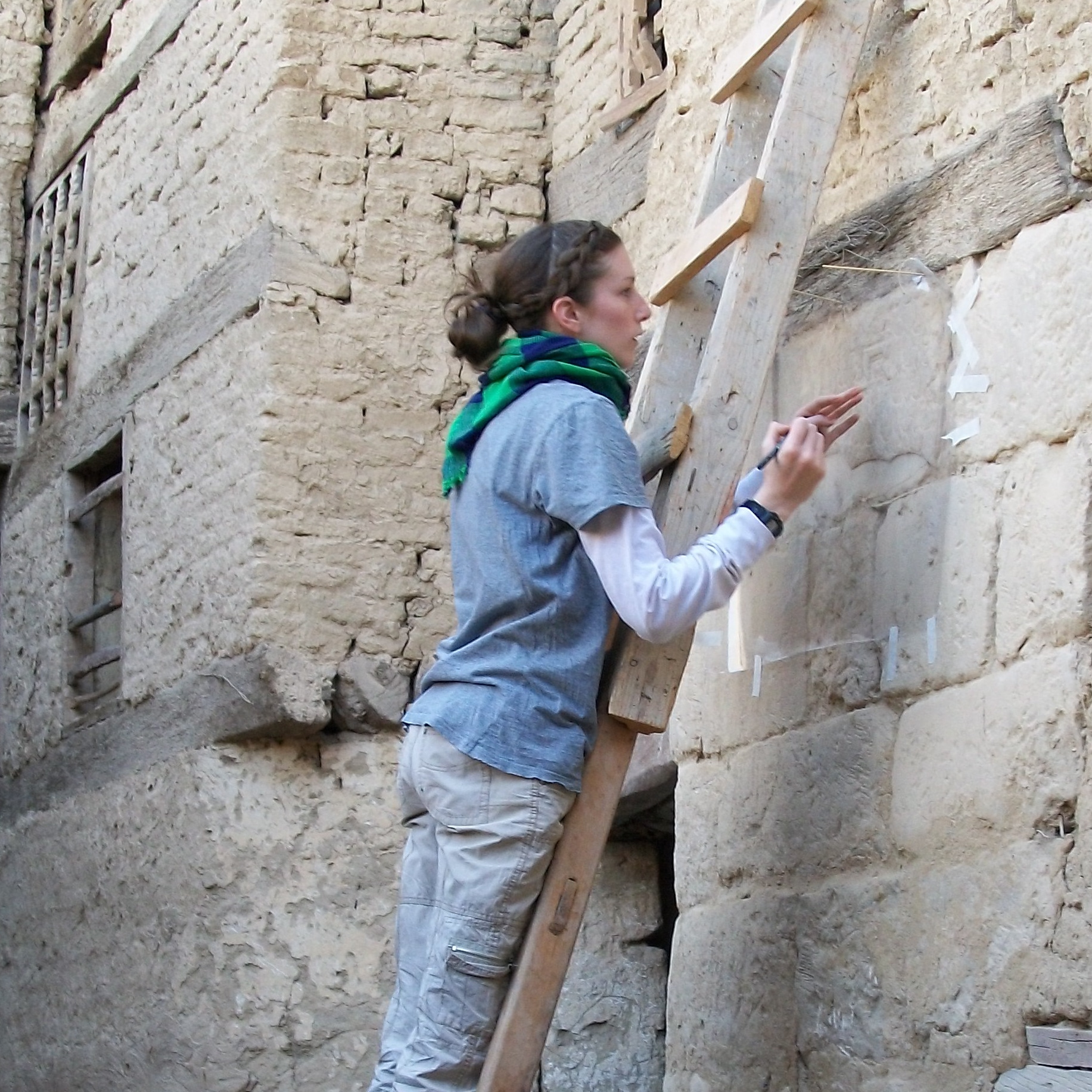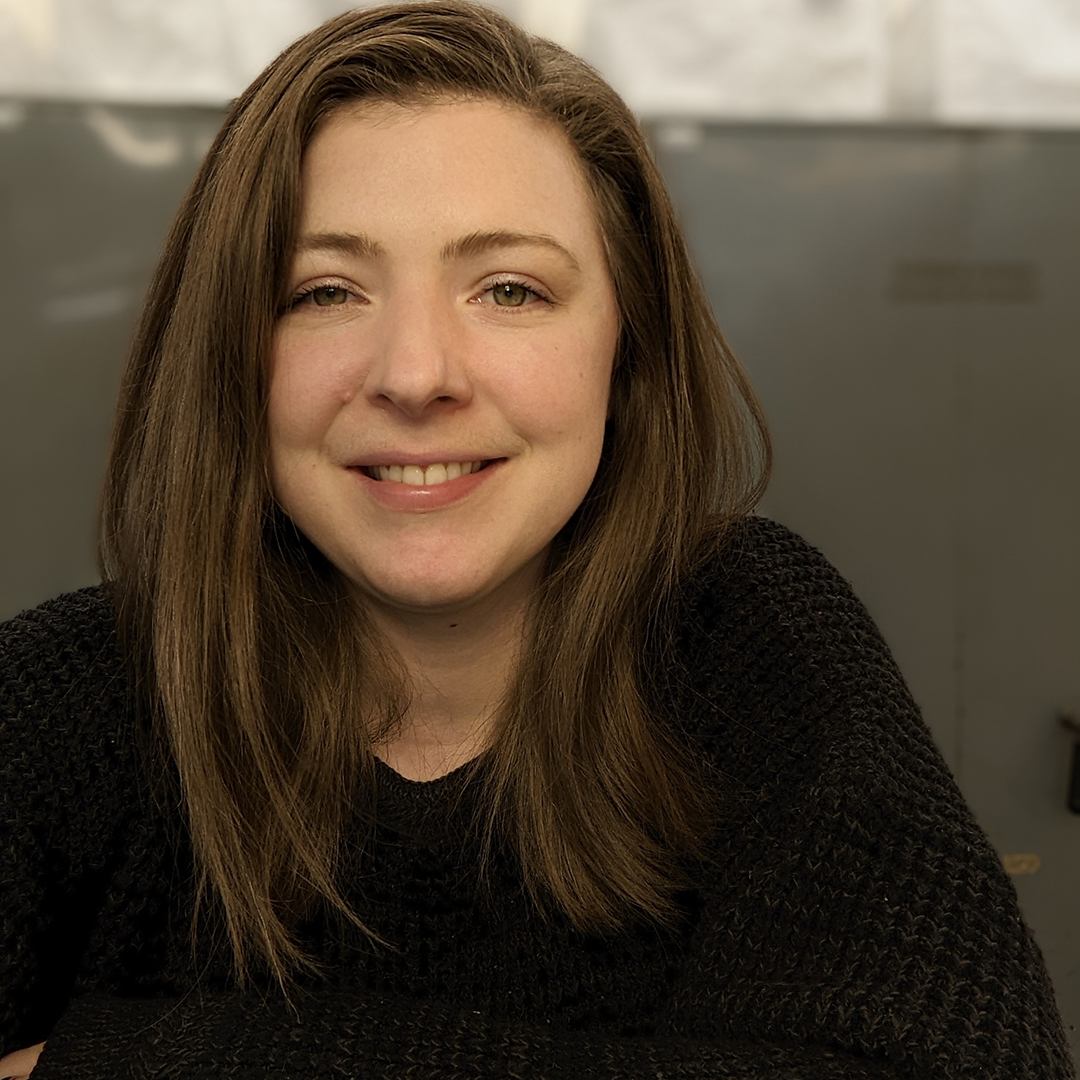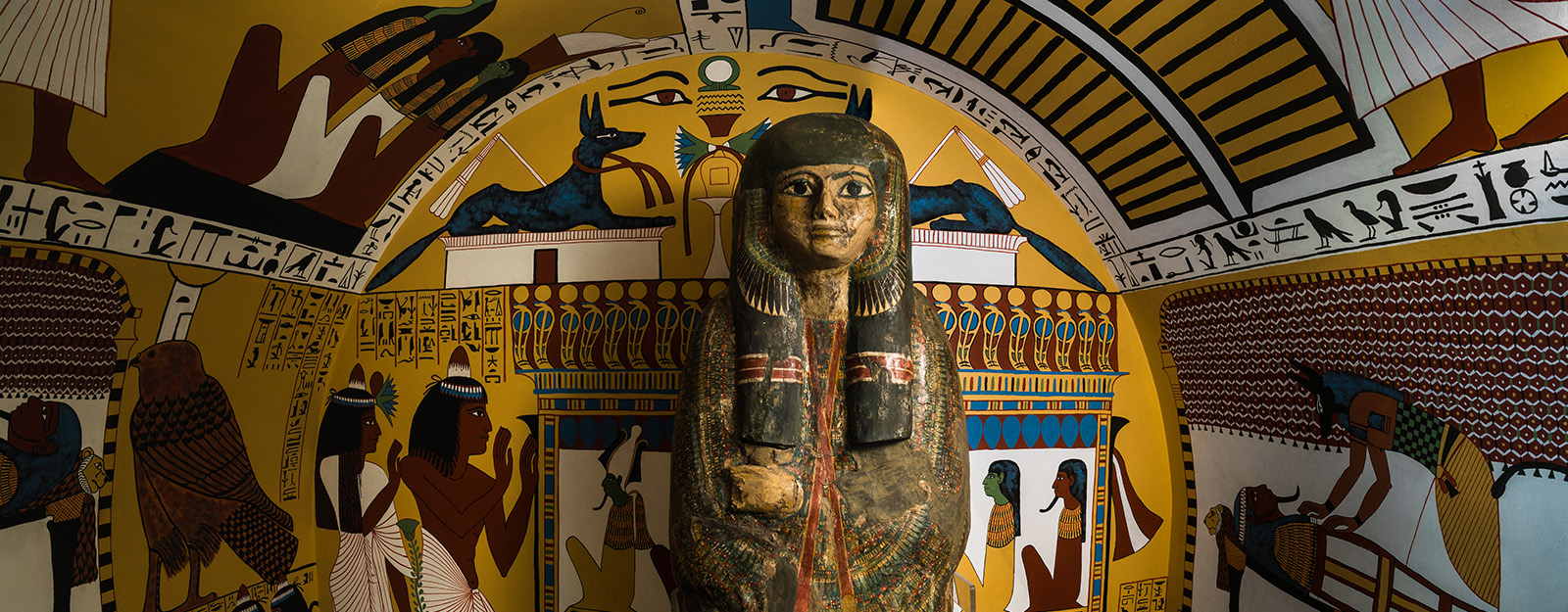
Please be advised that Walton Hall of Ancient Egypt is closed for necessary conservation work.
We invite you to visit the From Egypt to Pittsburgh display on the third floor near the entrance to Polar World. You will also be able to see our conservation team working on objects in the hall on weekdays.
In the months ahead, we will share exciting news about upcoming exhibitions featuring the ancient Egyptian objects in our care.
We apologize for the inconvenience.

The museum cares for over 5,000 objects from ancient Egypt, much of which has never been displayed. But how did the material get here? A new exhibit case, “From Egypt to Pittsburgh,” is a rotating object display that brings an object (or small group of objects) out of museum storage and traces its history from ancient Egypt to the museum.
Meet our Anthropologist and Archaeologist
Learn about the Anthropology and Archaeology Collection at the Museum
The anthropology collection, the Section of Anthropology and Archaeology, contains major research collections of over 100,000 ethnological and historical specimens and over 1.5 million archaeological artifacts.
Blogs about Anthropology
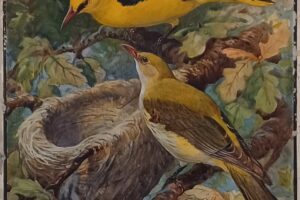
Celebrating Women in the Natural History Art Collection
by Olivia Buehler Within the collections of the Carnegie Museum of Natural History, one may be surprised to find more than the …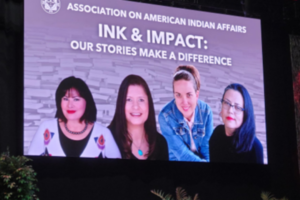
Tribal Museums Day and Promoting Indigenous Authors
by Amy L. Covell-Murthy The Association on American Indian Affairs (AAIA) celebrated its 100th anniversary in 2022, making it the oldest non-profit serving …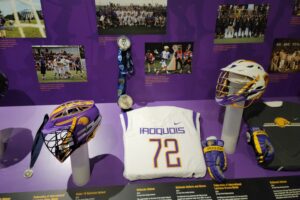
Celebrating Indigenous Peoples’ Day 2023
by Amy Covell-Murthy Indigenous Peoples’ Day is observed in the City of Pittsburgh alongside Columbus Day, and I would like to suggest …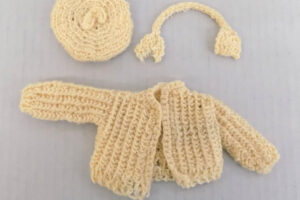
Staff Favorites: Dolls in the Museum’s Care
Barbie size white sweater, hat, and ear muffs
